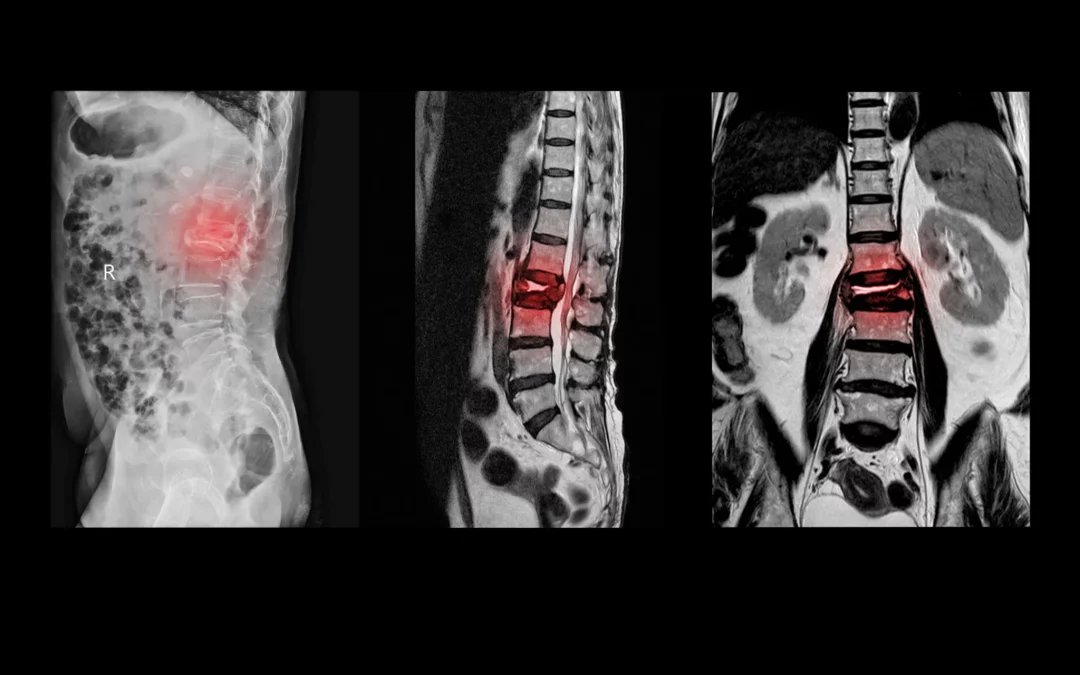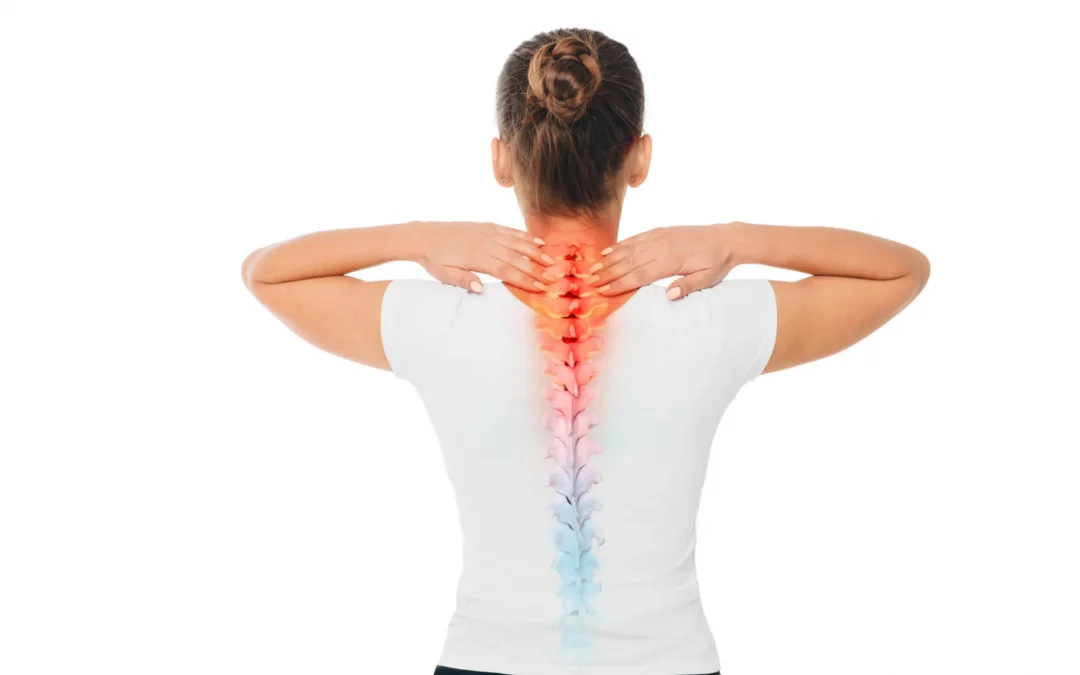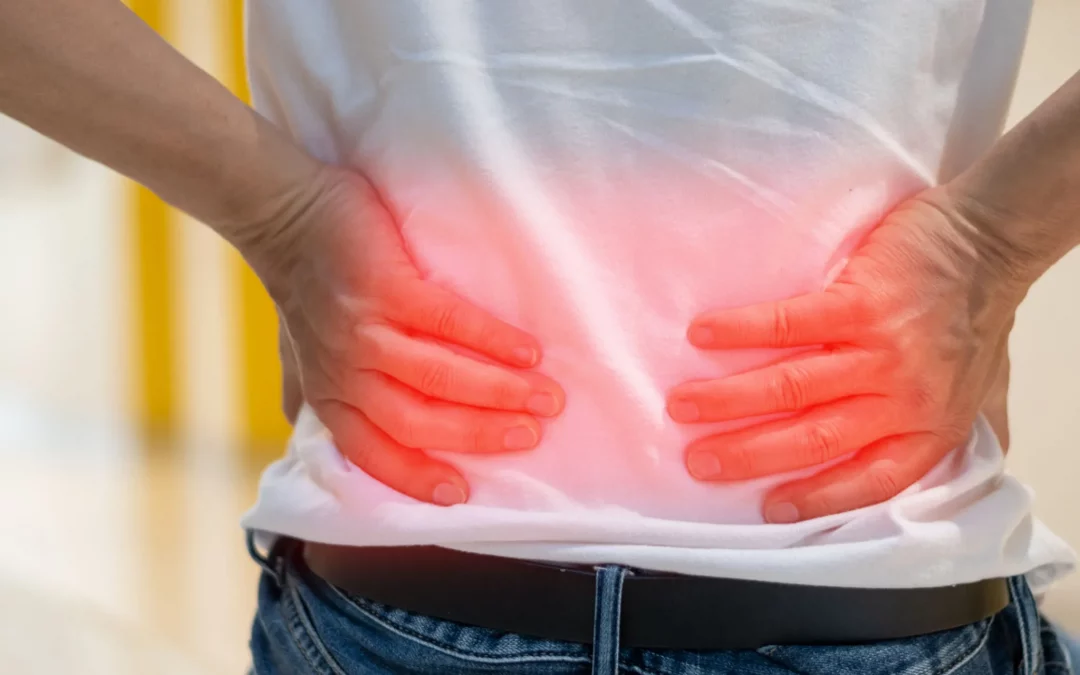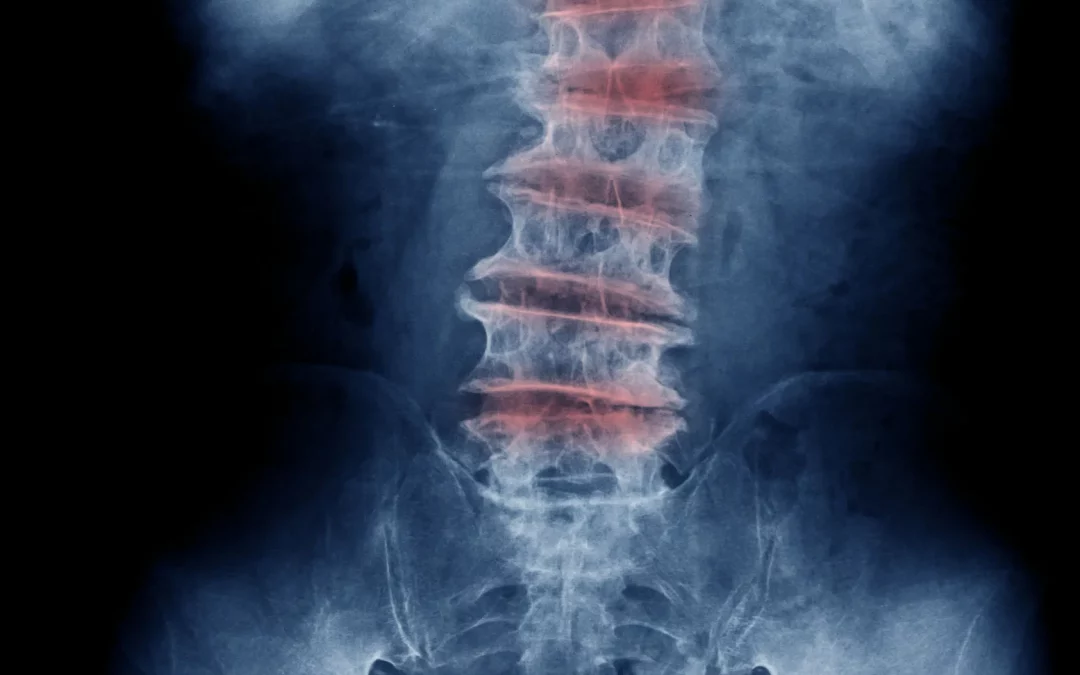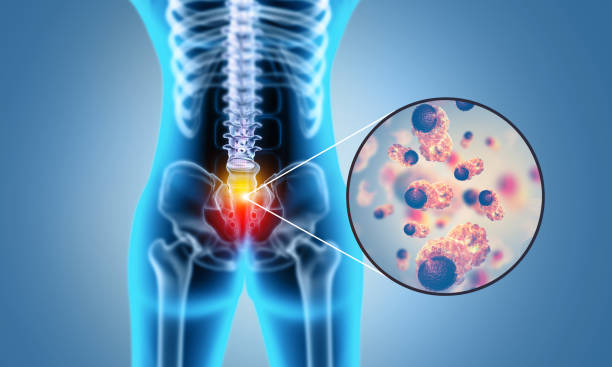Treatment for Disc Disorder
Slipped Discs and Pinched Nerves. Disc Herniations
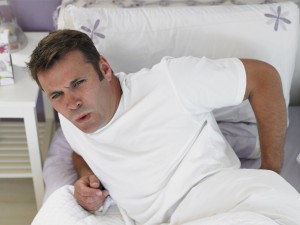
Many people have heard the terms "slipped discs", "pinched nerves" and "disc herniations" in the age of Back Pain Epidemic. They refer to the same condition that is related to the relationship between spinal bones (known as "vertebrae") and spinal nerves.
Understanding Disc Disorder Treatment
An anatomy course is useful to learn the intimate, but sometimes very painful, relationship between vertebrae, nerves, and discs.
The Spine
The spine is made up of 33 bones and 24 disks, which are stacked on top of each other. The 33 bones of the spine are divided into seven segments: the cervical spine, or neck, has 7 segments; the thoracic spine, or middle back, has 12 segments; the lumbar spine, or low back, has 5 segments; the sacrum, which contains 5 segments, is fused with 5 others. Additionally, the coccyx, also known as the "tailbone", contains 4 segments.
- Cervical 7, named C1-C7
- Thoracic 12, named T1-T12
- Lumbar 5, named L1-L5
- Sacrum 5 (fused), named S1-S5
- Coccyx 4 (fused), named C1-C4
- Total 33 vertebral segments
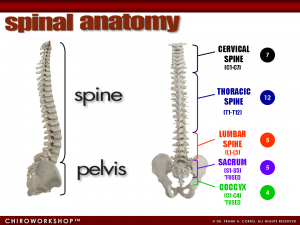
The Discs
The spinal column's shock-absorbing shock absorbers are intervertebral disks (IVDs). These discs provide support for the vertebral segments (from L2-3 through S1 and allow the spine's flexibility to bend and twist. The vertebral disc is made up of two main components: a fibrous outer wall and an inner nucleus. The disc's outer wall may be damaged by normal wear and tear or trauma. This can cause the nucleus to burst or break through the wall completely.
The Nerves
Through the discs and vertebrae, the spinal nerves leave the spine at each level. The spinal nerve then connects to the muscles, skin, and organs that allow them to function.
These nerves may become pinched or irritated by the discs or the vertebrae. Degenerative joint disease and spinal arthritis can cause bone spurs to "pinch", while disc herniations are caused by disc bulging. The disc causes the pinching of spinal nerves.
